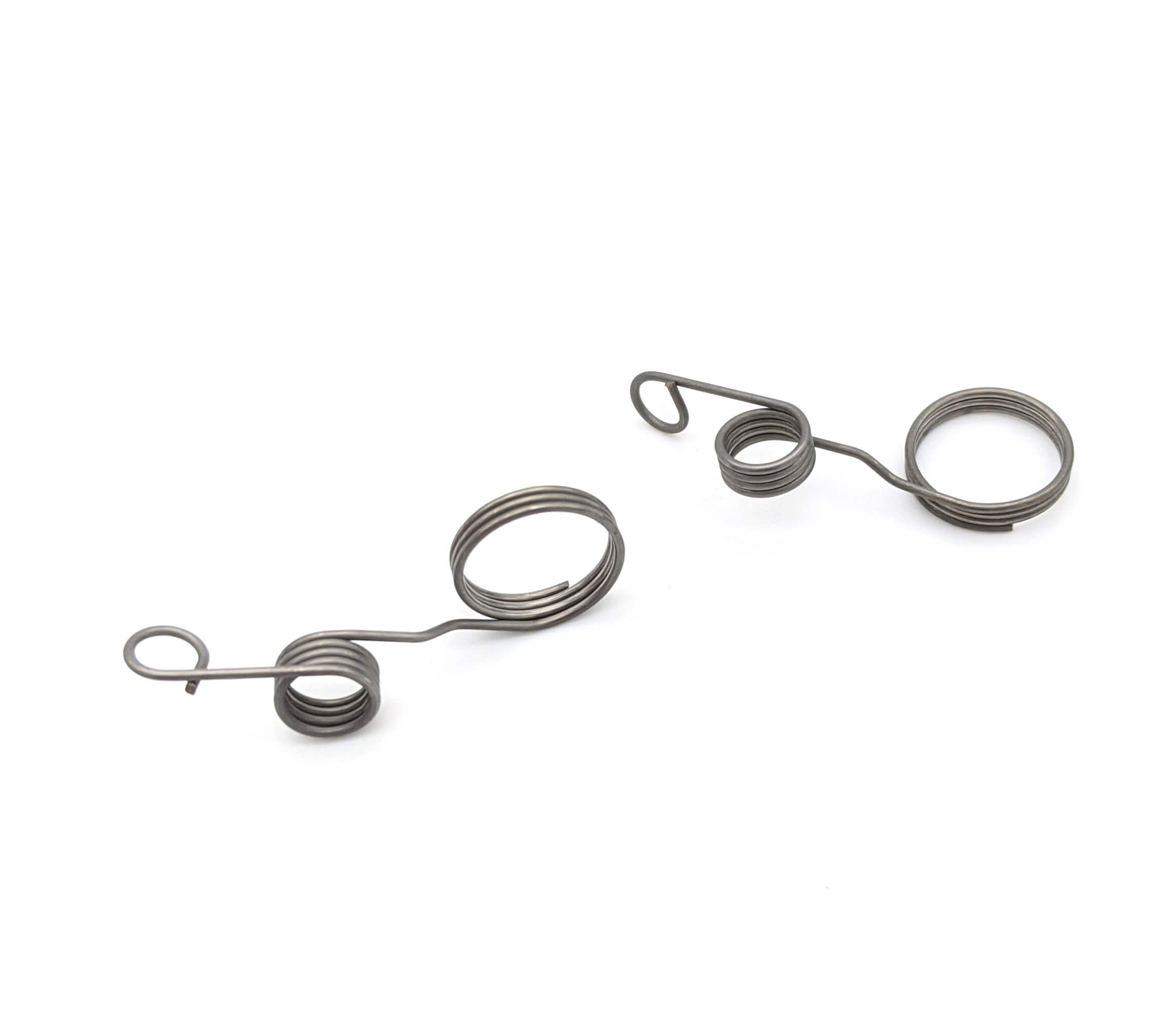Get unique, complex parts easily. No matter your requirements, Chaoyi Spring creates hard-to-produce coil springs and wire forms.
Let us help you create the custom wire form you need, from S-hooks and J-hooks to utility hooks and more.
We work closely with customers across a wide range of industries, helping them design and manufacture made-to-order parts.
Why choose Chaoyi Spring? We prioritize customer-focused collaboration, modern equipment and the latest technology to make your parts per print.
Find the information and guidance you need, from measuring a spring to learning about materials, placing an order and much more.
3/4 diameter compression springs are a common and versatile type of spring, often employed in a wide range of applications. These springs, with their compact size and robust design, play


3/4 diameter compression springs are a common and versatile type of spring, often employed in a wide range of applications. These springs, with their compact size and robust design, play a vital role in various mechanical systems, contributing to smooth operation, efficient energy storage, and reliable performance. From simple household appliances to complex industrial machinery, 3/4 diameter compression springs offer a dependable solution for a variety of needs. This article delves into the intricacies of these springs, exploring their design characteristics, applications, and the factors that influence their selection and performance.

A compression spring, as its name suggests, is designed to store mechanical energy when compressed. It's a coiled spring that pushes back when subjected to a compressive force, returning to its original length upon release. 3/4 diameter compression springs, specifically, have a wire diameter of 3/4 of an inch, making them relatively robust and capable of handling significant loads. This specific diameter is chosen based on the application and the required load-bearing capacity.
The design of a compression spring is critical to its functionality. It's defined by factors like the wire diameter, spring index (ratio of coil diameter to wire diameter), number of coils, material, and the spring's free length (the length of the spring when uncompressed). These factors work together to determine the spring's spring rate, which is a measure of the force required to compress the spring by a certain distance.
The versatility of 3/4 diameter compression springs makes them suitable for a broad range of applications, from everyday objects to specialized machinery. Let's explore some key examples:
The specific application determines the spring's material, coil configuration, and other design parameters. For instance, a spring used in a high-temperature environment will require a material that can withstand extreme heat, while a spring designed for a high-vibration application might need a higher spring rate and a specific coil configuration.
When choosing a 3/4 diameter compression spring for a particular application, several factors need to be considered, including:
Careful consideration of these factors ensures the selection of a spring that meets the demands of the application and performs reliably over its lifespan.
3/4 diameter compression springs are vital components in a wide range of applications, from everyday appliances to complex machinery. Their robust design, versatility, and ability to efficiently store and release mechanical energy make them indispensable in various industries. Understanding their characteristics, design parameters, and the factors influencing their selection is crucial for engineers and designers seeking to incorporate these springs into their projects. By carefully considering the intended load, required spring rate, and other application-specific factors, you can choose the right 3/4 diameter compression spring for your needs, ensuring optimal performance and reliability.
In conclusion, 3/4 diameter compression springs are essential components in a multitude of applications, contributing to the smooth operation, reliable performance, and efficient energy storage of mechanical systems. By understanding their design characteristics, applications, and the factors influencing their selection, engineers and designers can choose the right spring for their specific needs, ensuring optimal performance and reliability.
Browse some of the custom wire forms and springs that we manufacture. Don’t see what you need? We specialize in made-to-order products that meet your application requirements.
Visit Our GalleryNeed a custom wire form or coil spring? We make it work. Fill out the contact form and a representative will respond within 1 business day. If you have a PDF or CAD file, you can submit to request a quote.